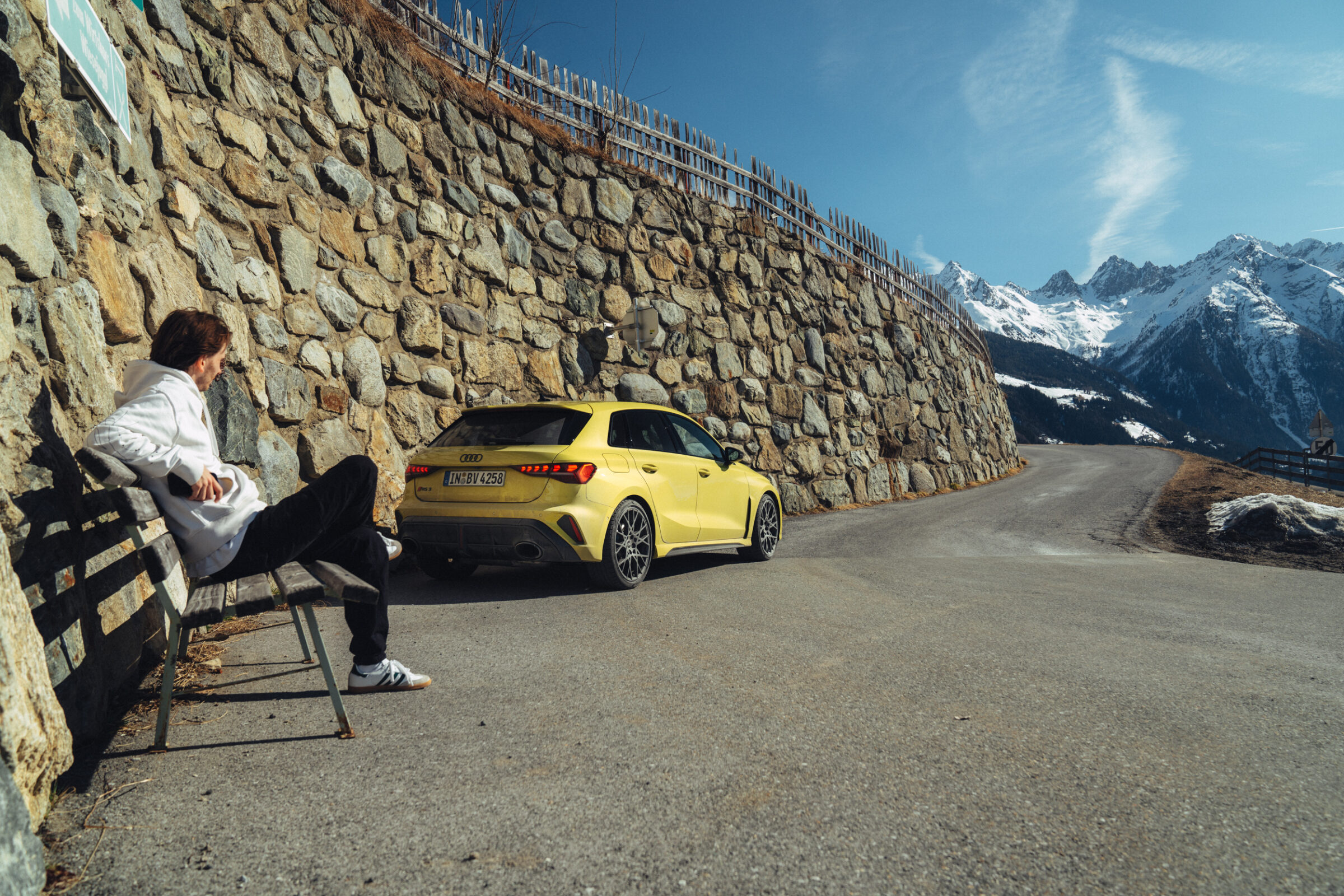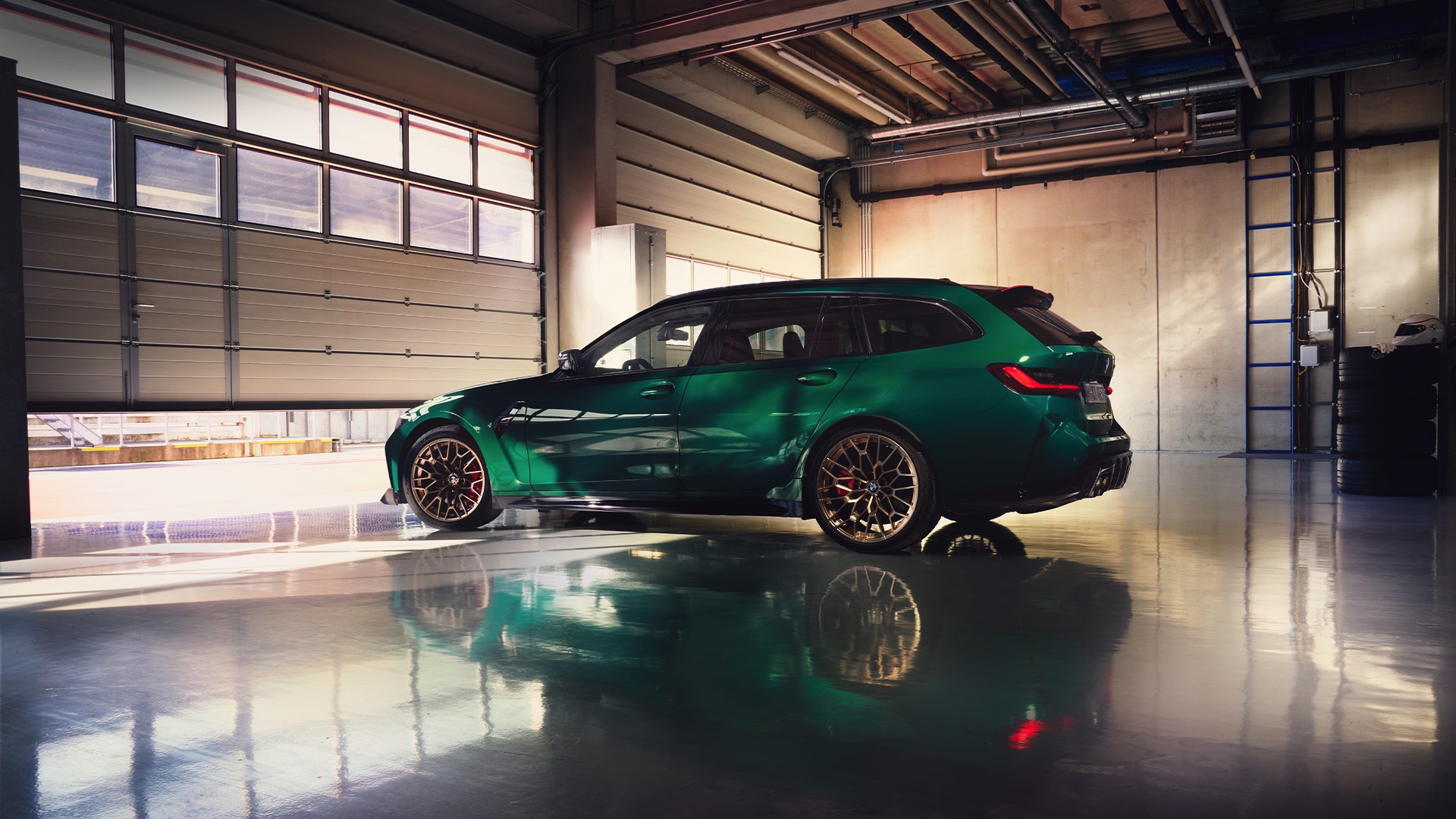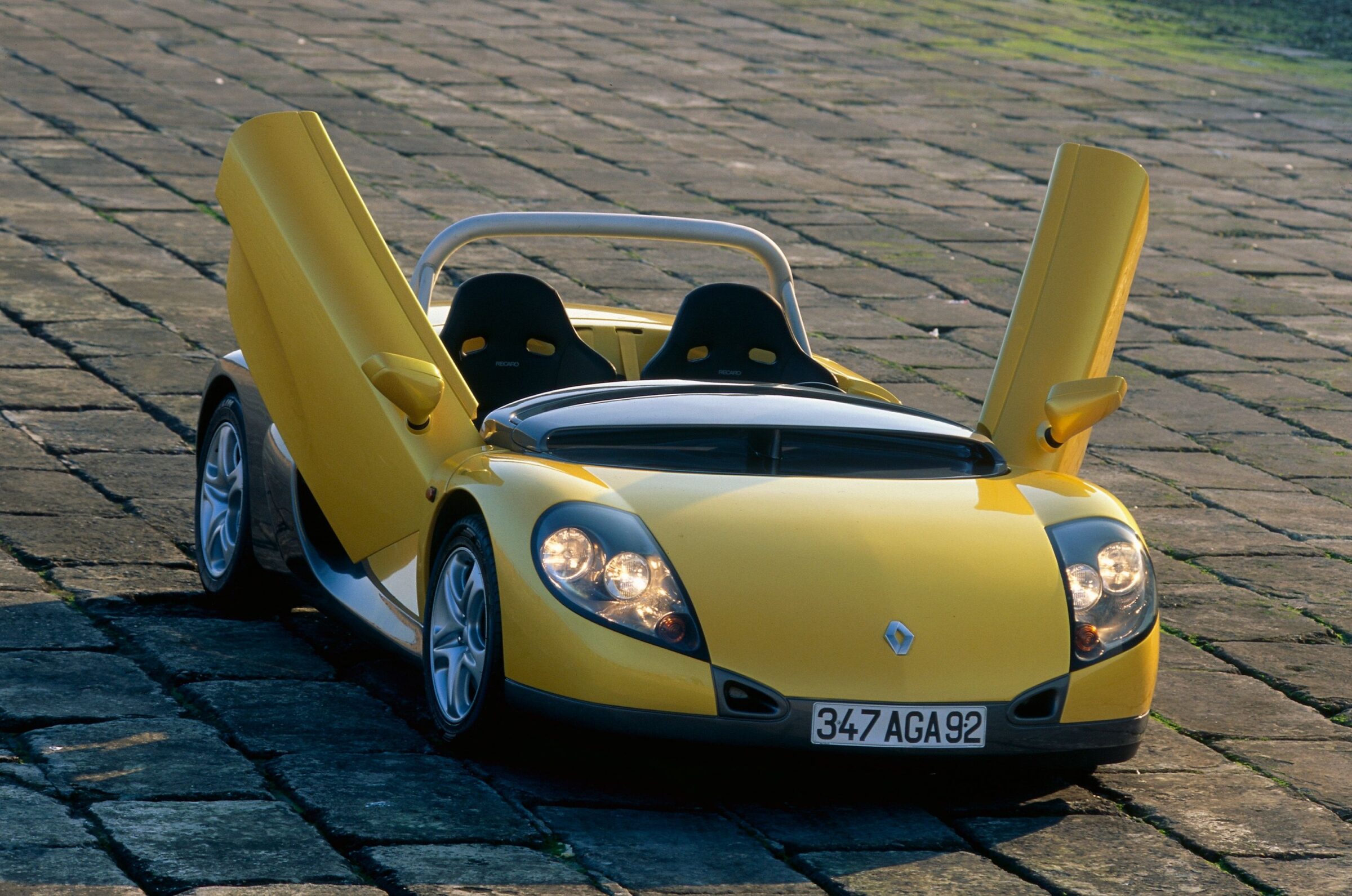Renault Sport Spider
Some manufacturers used to be bolder in recent years than they are today. One of them is Renault. Once they have been known for wild vehicles like the mid-engined Renault 5 Turbo and even revived this concept decades later with the Clio V6 Sport. In the meantime there was the hitherto most unusual and most radical production car in their history. It was called the Sport Spider, was presented in 1995, while the production started a year later. Originally, the car was developed as Alpine A710 to keep the small French sports car company alive. However, the board of Renault decided to pull the plug at Alpine after the A610 and instead use the fabrication in Dieppe for the in-house Motorsport department. Thus, the A710 became a Renault project and was also used for a racing offshoot. For the first time it got the ‘Renault Sport’ badge, which is used until today for really sporty cars of the brand.
As the French company already had good experiences with the Clio Cup as a one-make cup, another program item was added to the race weekends of this series: the Sport Spider Trophy, which was also part of the prelude of some Formula 1 weekends. The original version of the Sport Spider, which debuted at the 1995 Geneva Motor Show, was characterized by its sheer radicalism. Not only it got no comfort options, but also no roof and no windscreen. Instead, together with Nogarotech, an air diffuser in front of the passengers had been developed, effectively guiding the airflow over their heads. However, the passengers were urged to use integral helmets to protect against stones and insects. Access to the interior is provided by two scissor doors.
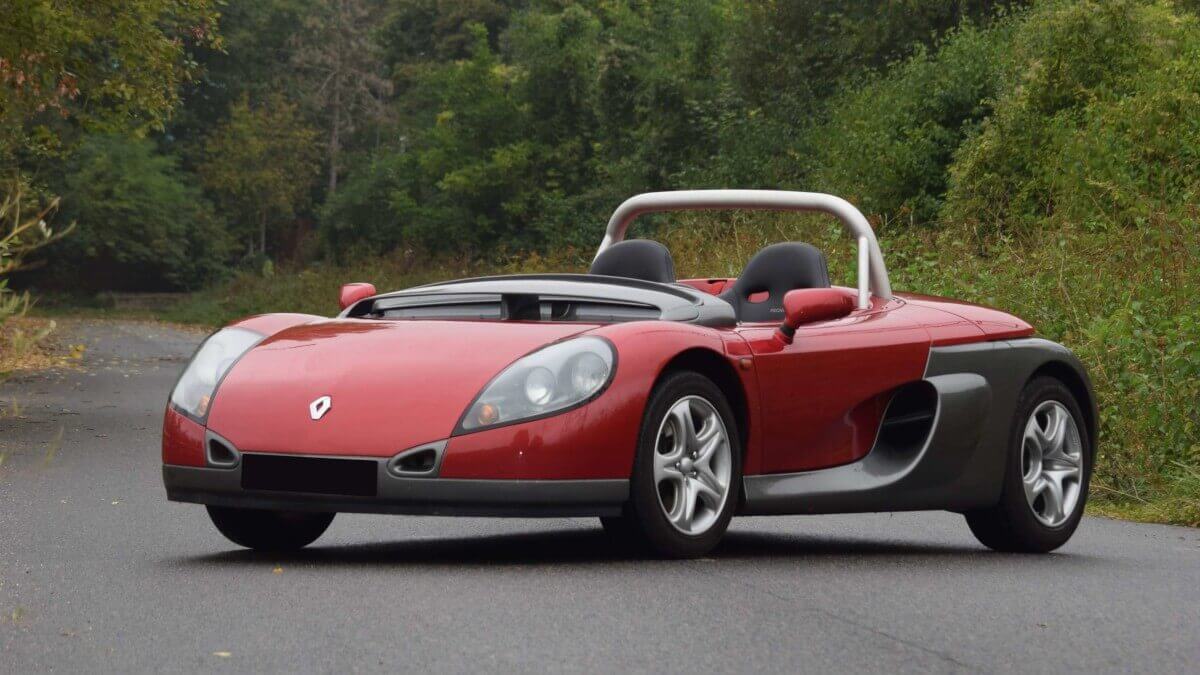

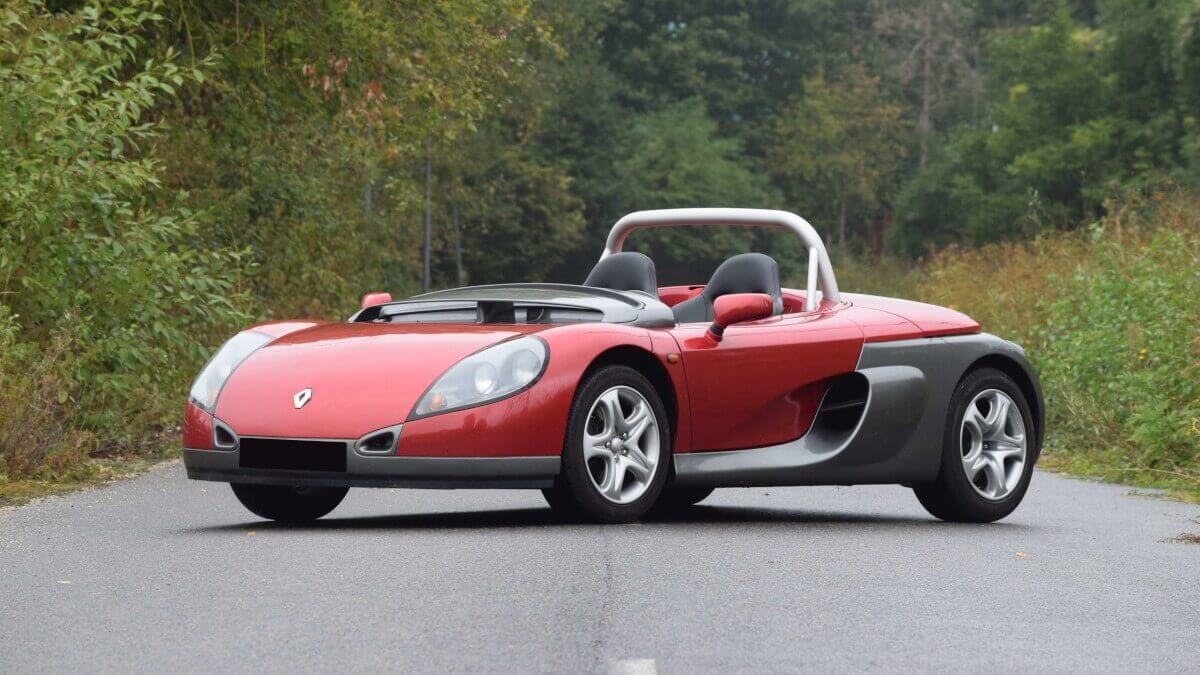

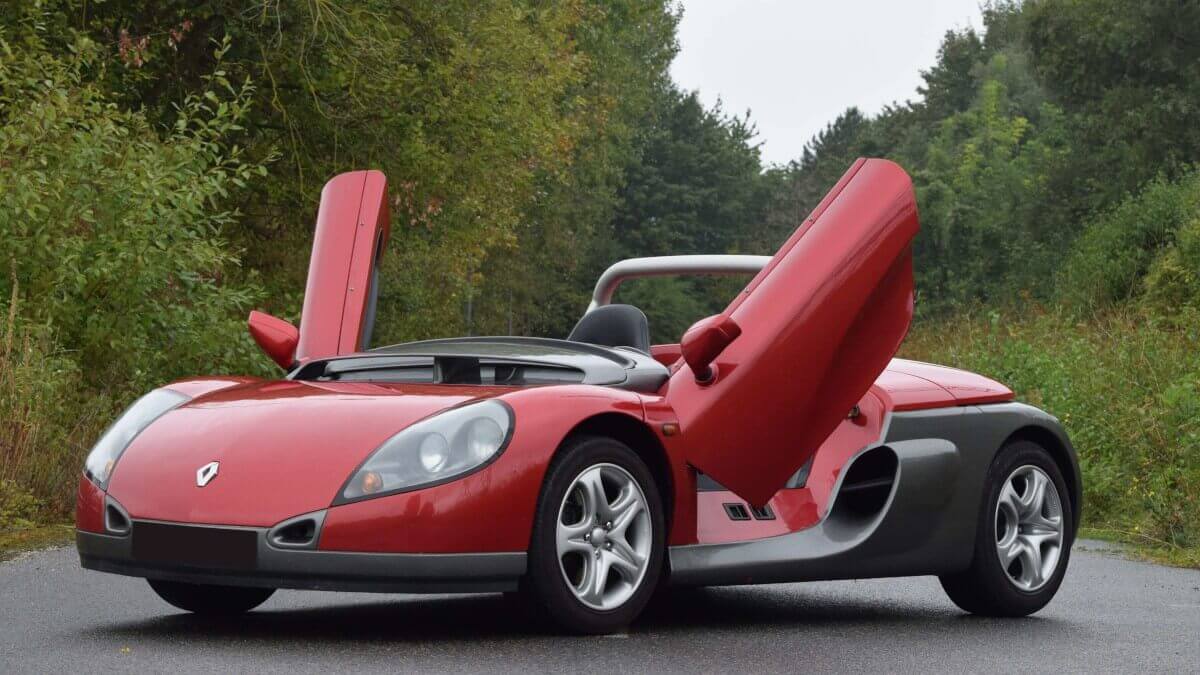

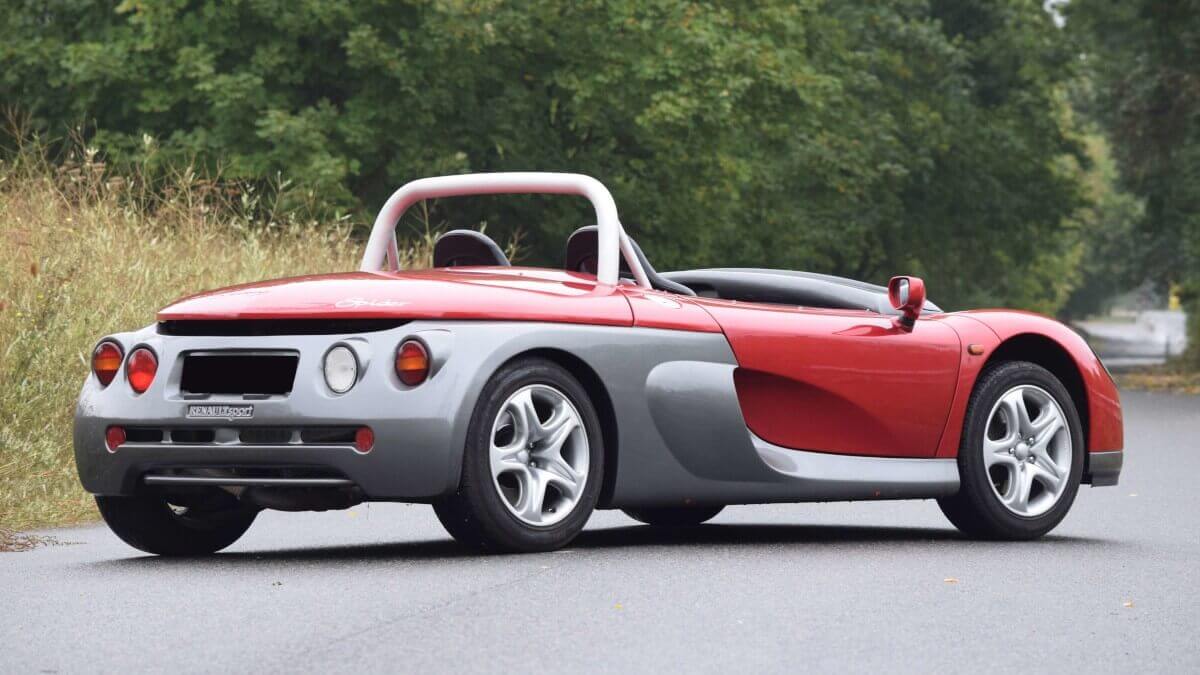

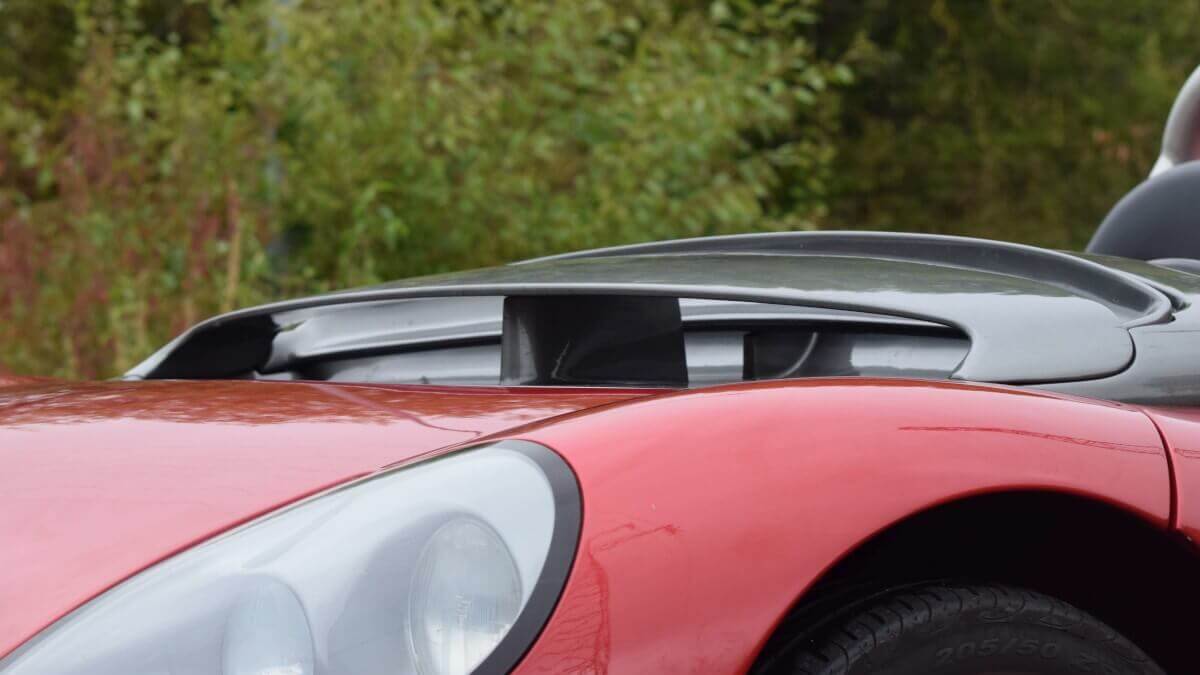

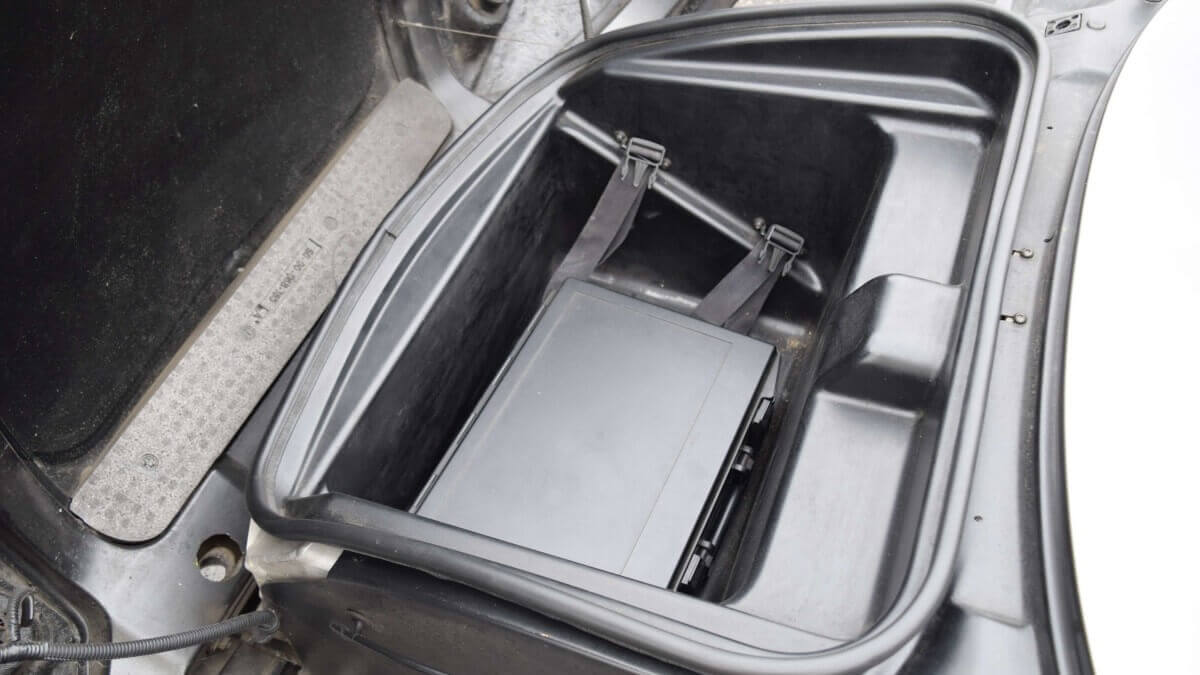

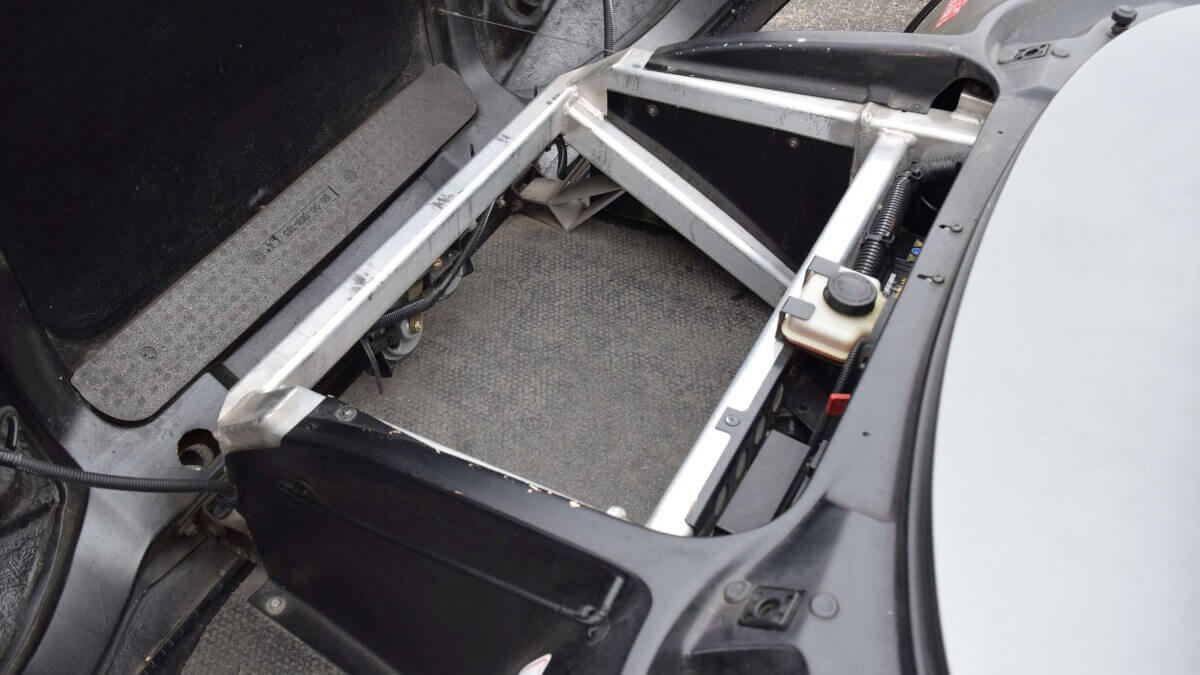

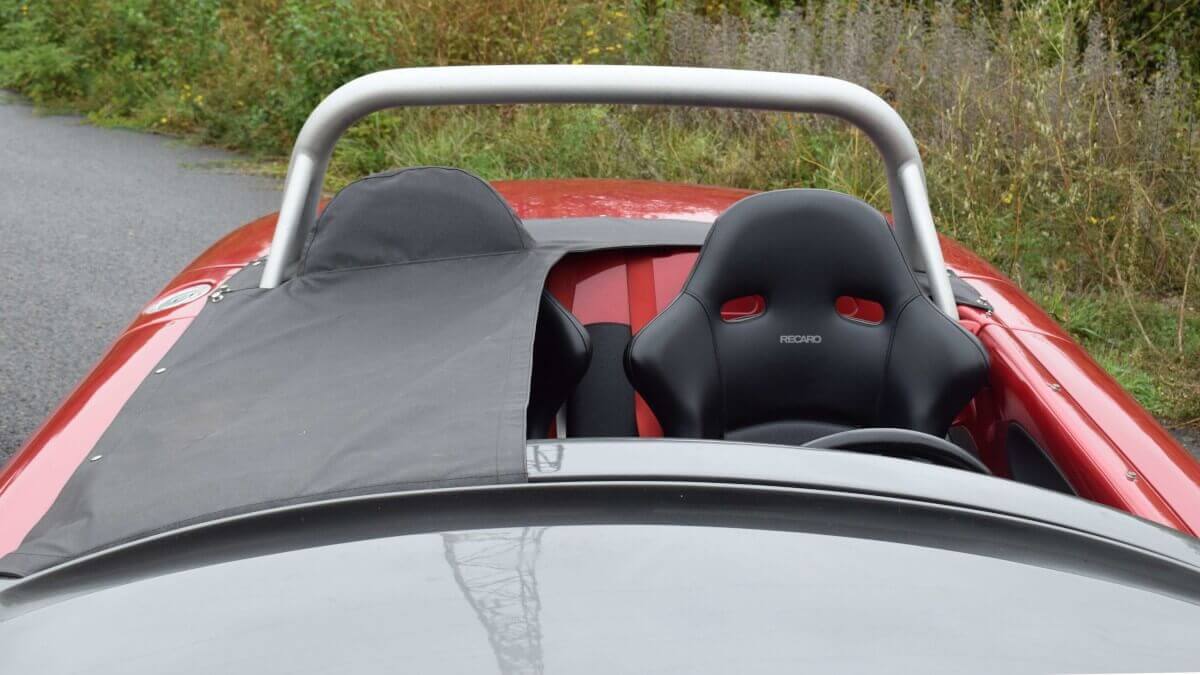

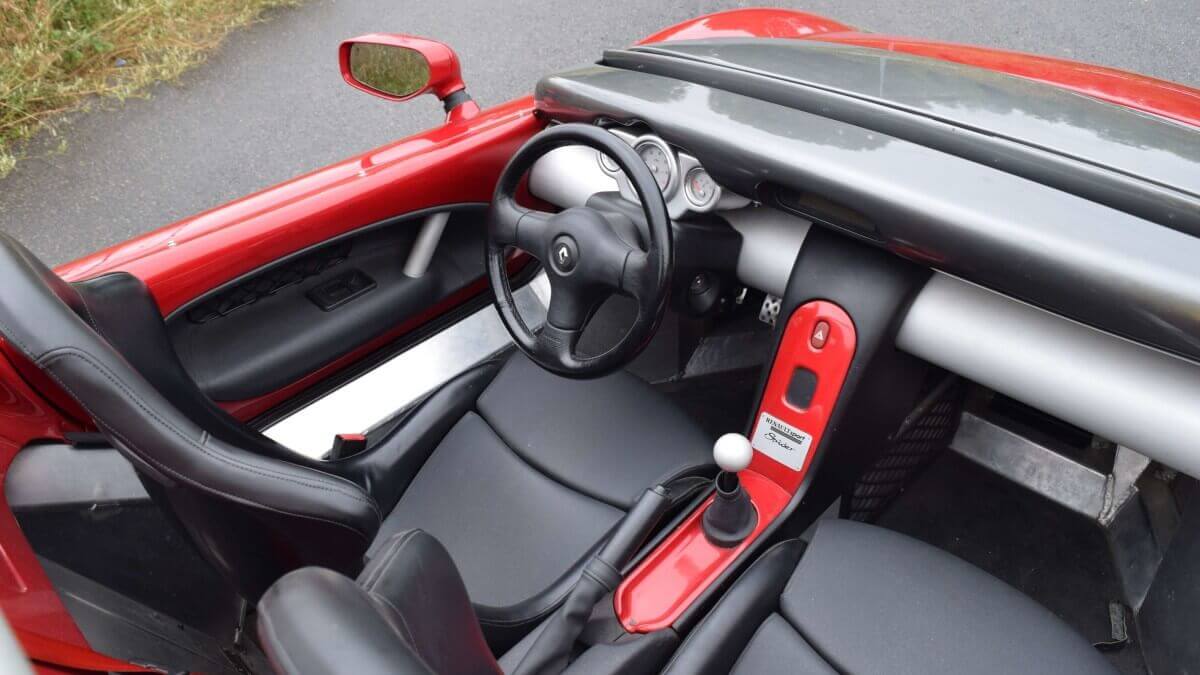

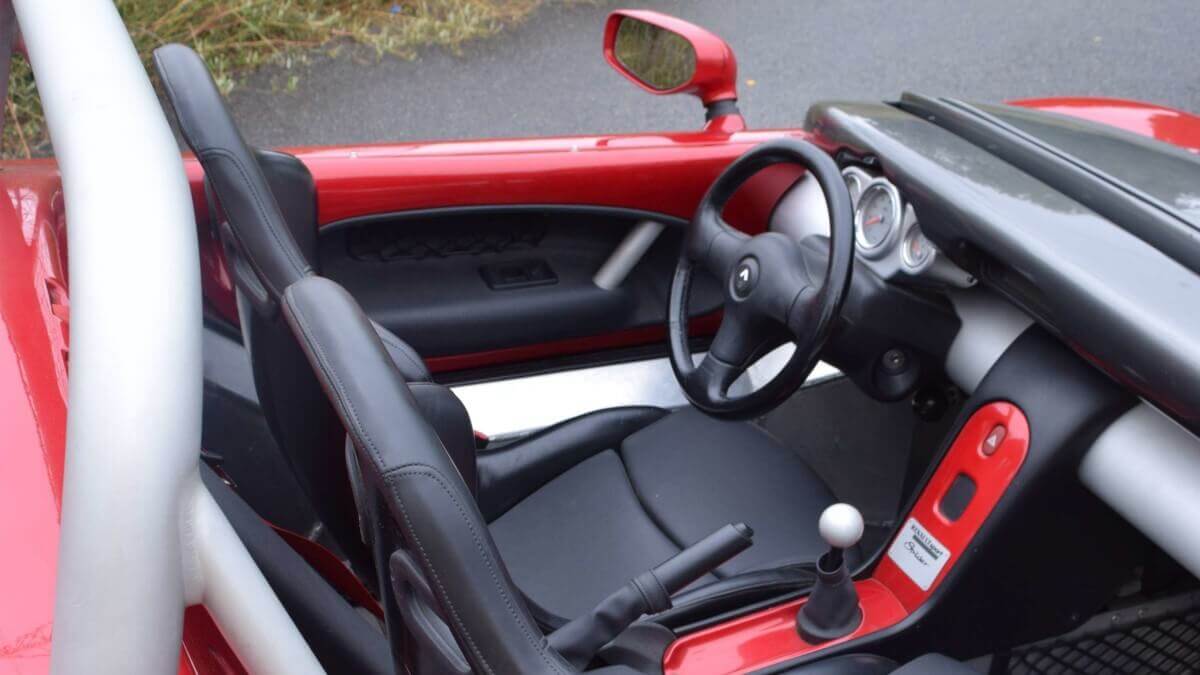

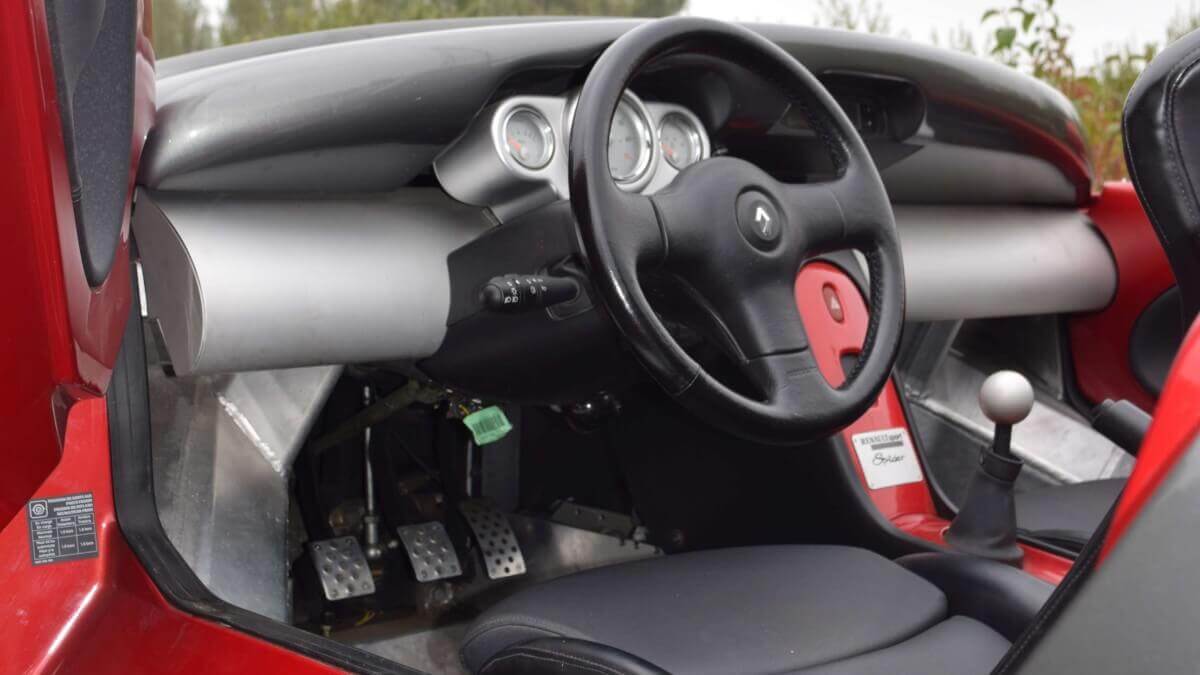

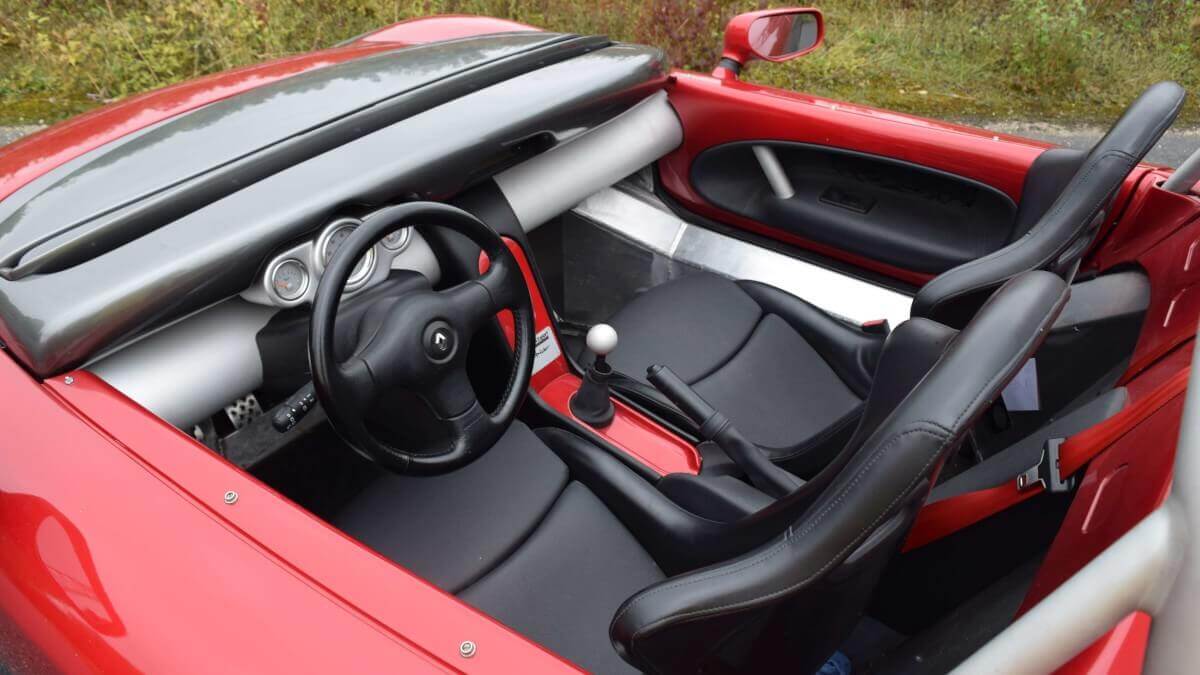

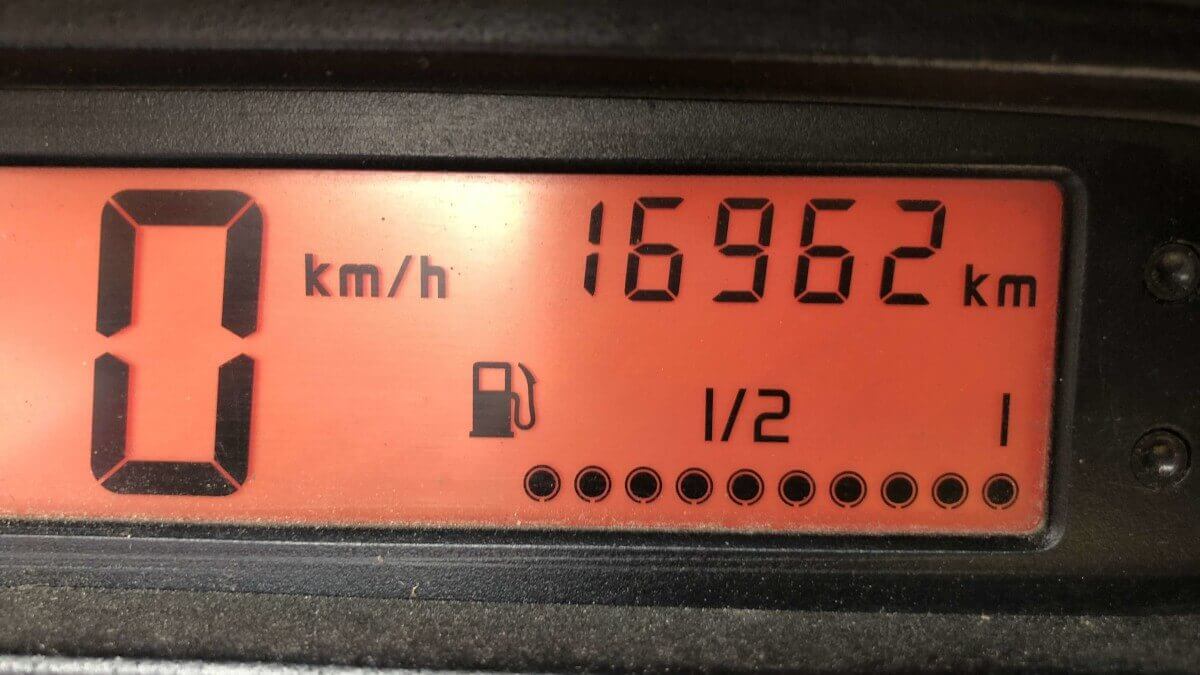

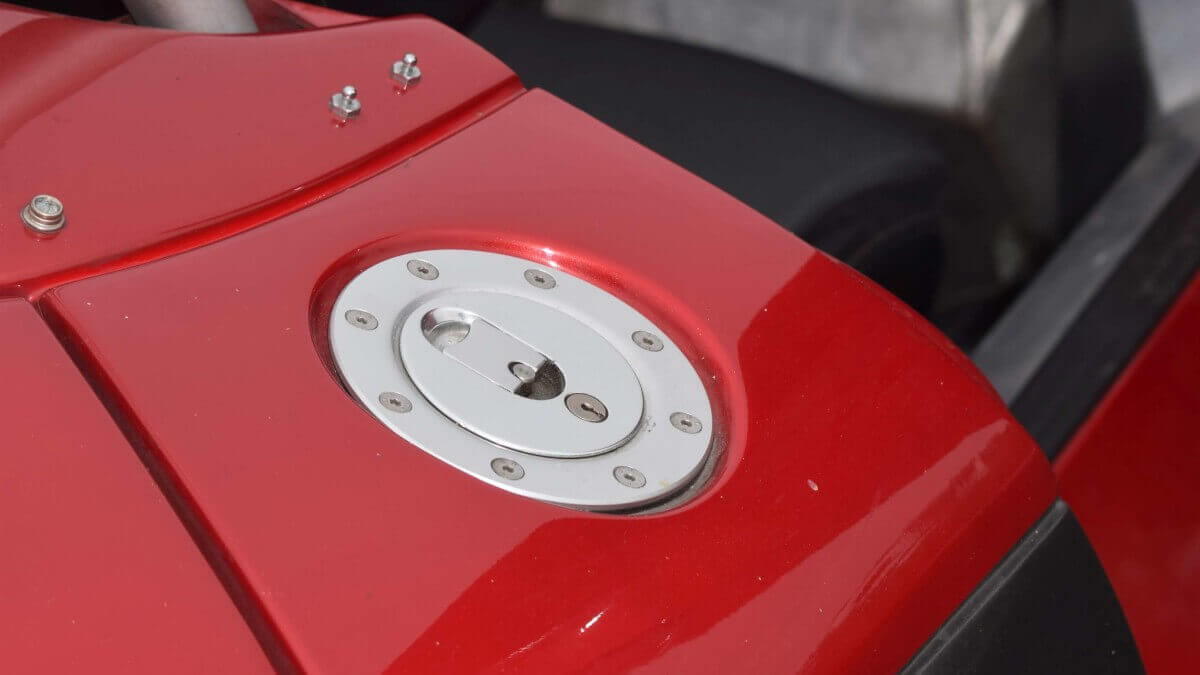

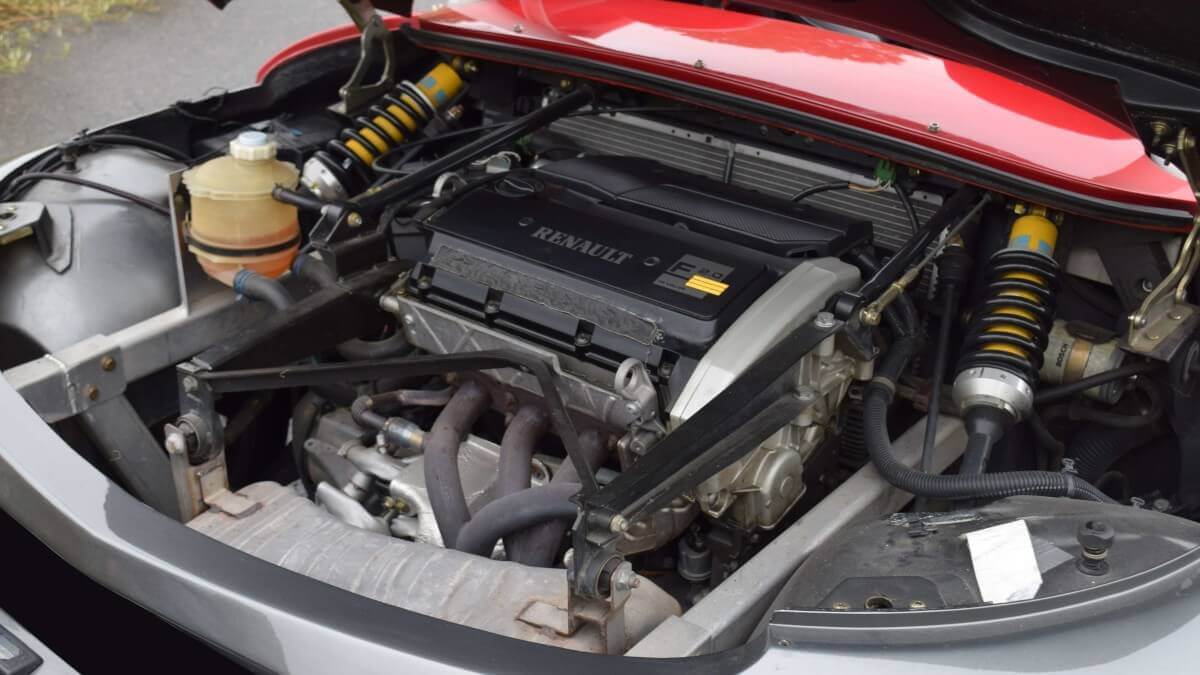

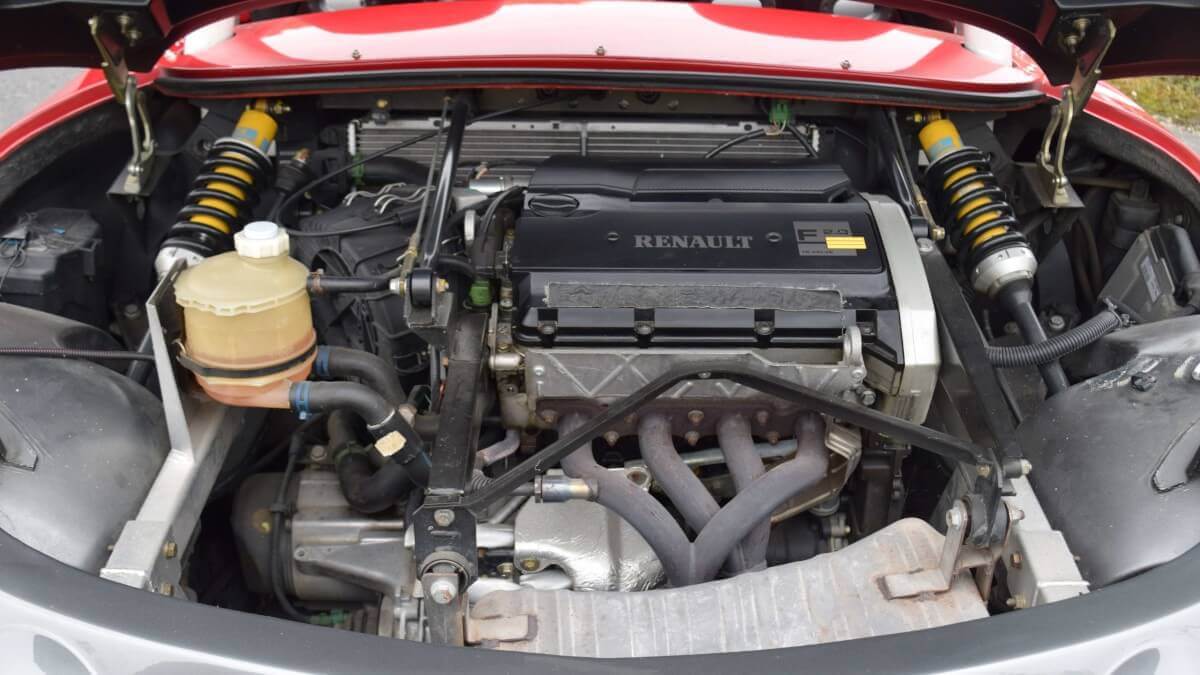

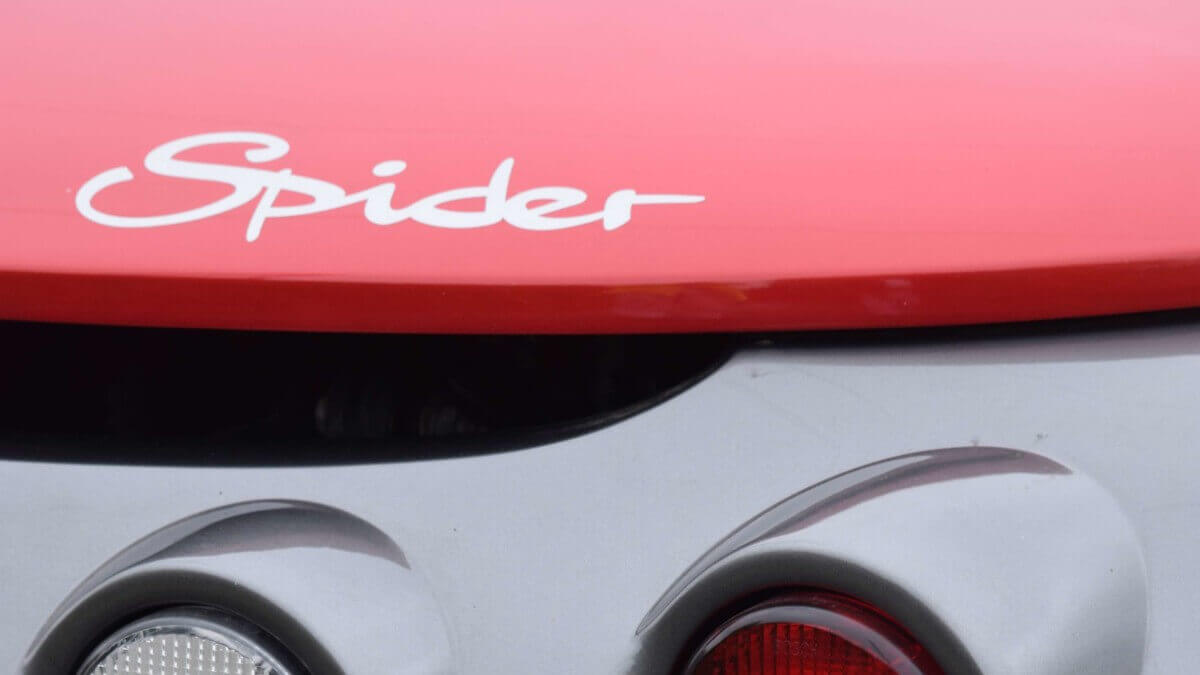

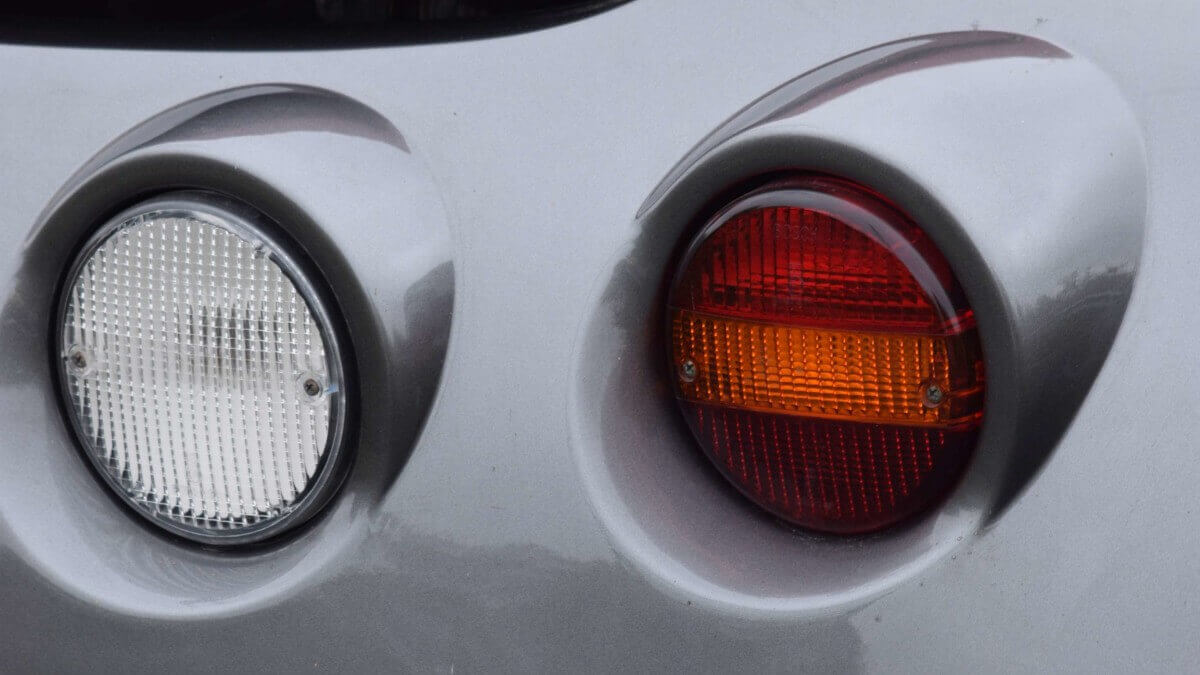

While series production started in about mid-1995, the first vehicles only rolled to dealers in France, Germany, Switzerland, Austria, Spain, Portugal, Belgium, the Netherlands, Italy, the United Kingdom, Japan and Argentina from early 1996. After the only 930 kilograms lightweight version with air deflector was too radical for some customers, Renault developed an additional variant with heated windscreen, which was only 35 kilograms heavier. Otherwise, the body remained identical and was available either in ‘Sport Yellow’, ‘Sport Red’, ‘Sport Blue’ or ‘Titanium Grey’. The rarest configuration was with only six built copies the air deflector version in Titanium Grey, followed by Sport Red, which was sprayed 77 times on cars with windshield and 31 times on cars with air deflector. For the total production various numbers circulate. Presumably, 1,653 street-legal Sport Spider rolled off the line, while also the number 1,493 can be found in some internet data bases.
A red Sport Spider without windscreen is offered for auction on 4 November at ‘Automobiles sur les Champs 14’-event at the auction house Artcurial in Paris. It is a second hand car with only about 17,000 kilometers on the odometer. Like all Sport Spider it has a two-liter four-cylinder engine with 16 valves, 147 hp and 185 newtonmeters of torque. Thanks to the torsion-resistant aluminium chassis and the lightweight plastic bodywork, this power is enough to accelerate the two-seater in 6.5 seconds from zero to 96 mph and up to a topspeed of 134 mph. The Trophy version received a power increase to around 215 hp. In Germany, the base price was 56,000 DM. Only a radio and for the version with windscreen an airbag steering wheel and a rain cover for the interior were available as optional extras. Artcurial expects a hammer price between 35,000 and 50,000 euros for this rare car.
Images: Artcurial


